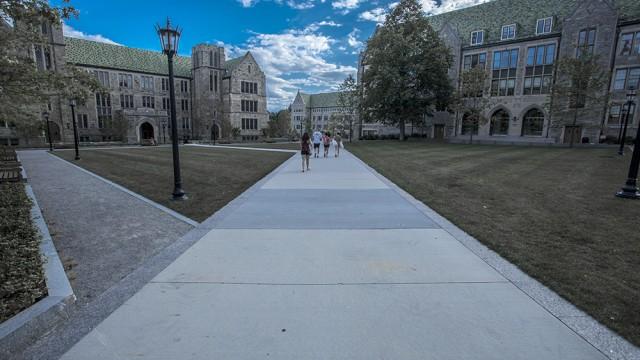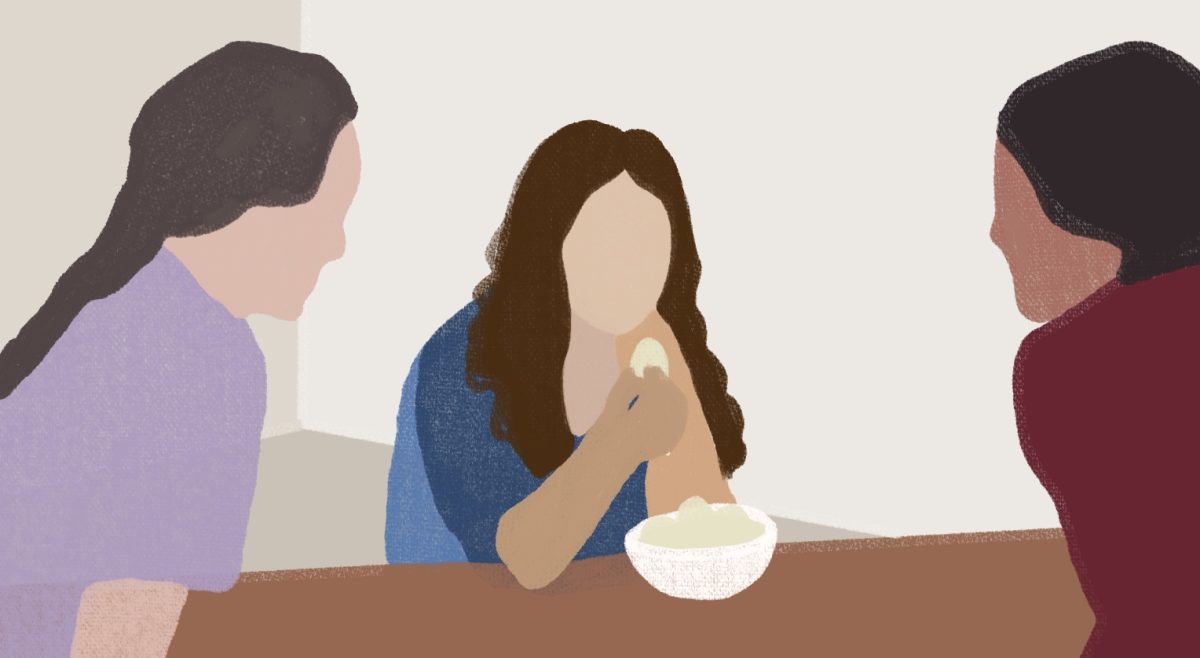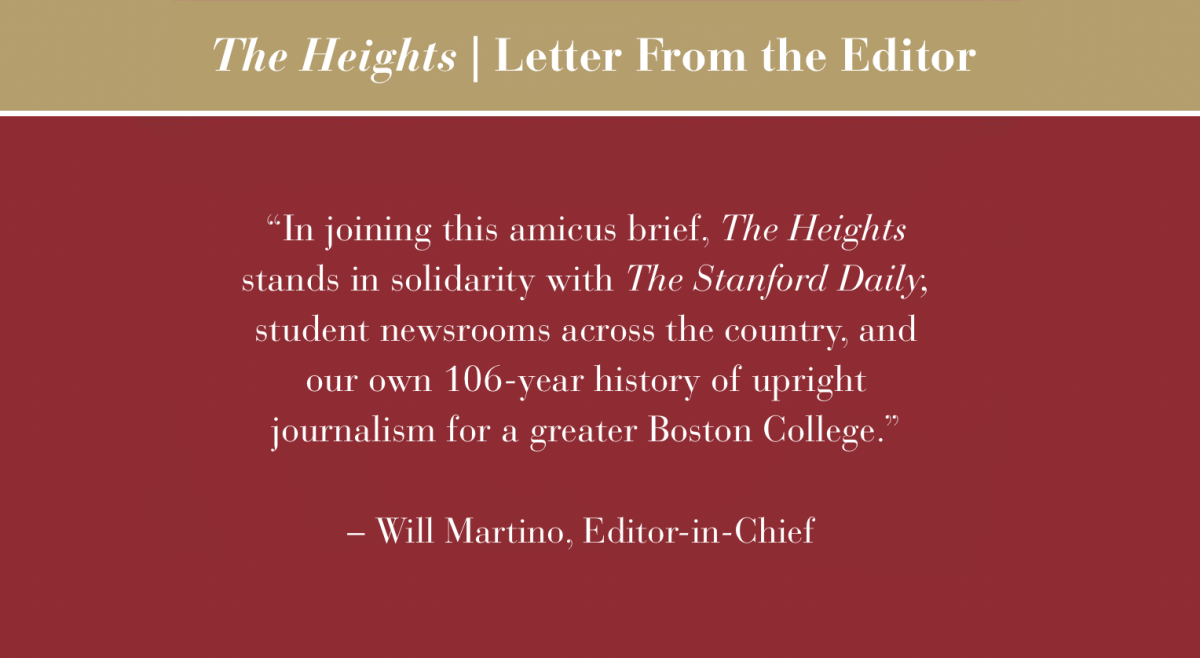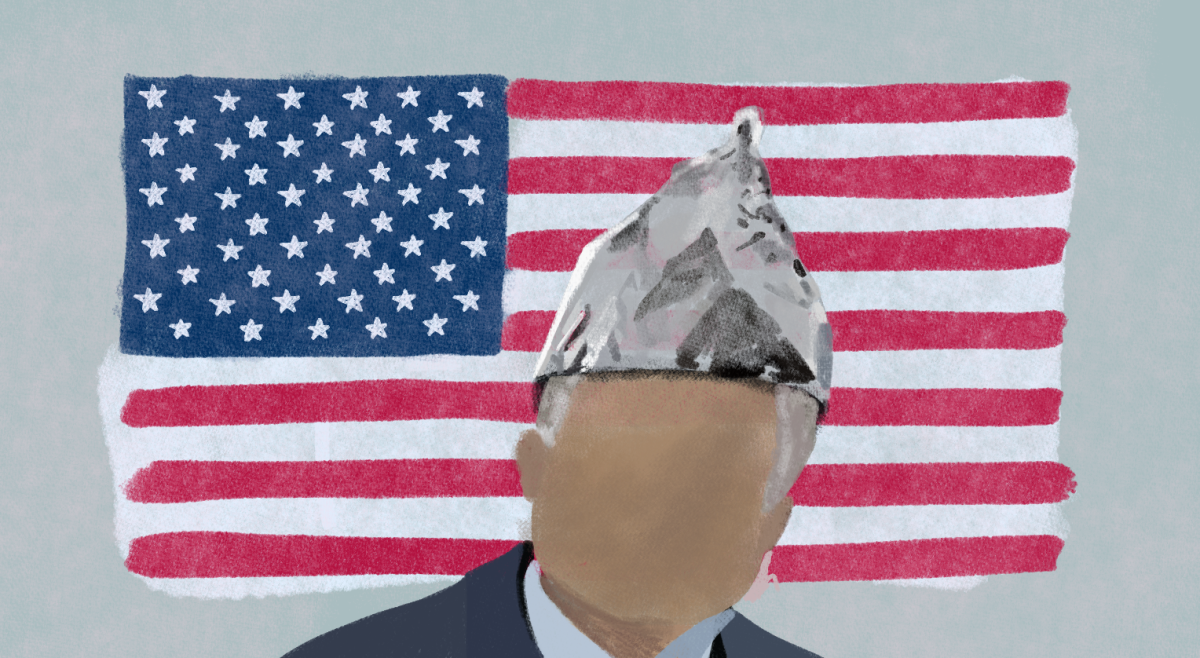Last Monday, the Office of Student Affairs launched Boston College’s official Diversity page within the Campus Life division of its site.
No one can doubt that it’s a beautiful page, and, moreover, no one can doubt that it greatly assists in keeping the BC community abreast of news and events related to—at least judging from the current calendar—topics involving race. No one can doubt that the site stands as a visual monument to BC’s institutional aspiration to be a home to all of its students, regardless of race, gender and sexual identification, ability, and national origin. And equally, no one can doubt that the site stands as evidence of the work that anti-racist student activism on campus can precipitate—in both its institutionally recognized forms led by student organizations like the Undergraduate Government of Boston College (UGBC) and the Graduate Students of Color Association (GSCA) and in its extra-institutionally-recognized form in the coalition known as Eradicate Boston College Racism. There is something—however inconvenient—that one can doubt about this new website: What does it do about white supremacy on campus?
It’s easy to read the words “white supremacy” and conjure images of white supremacist organizations like the Klu Klux Klan or of the most recent addition to the authoritative Southern Poverty Law Center’s list of hate groups, White Lives Matter. But that’s not exactly what I want to highlight here. Instead, when I use the words ‘white supremacy,’ I refer to a constellation of factors that scholars have recognized result in an environment in which white bodies and bodies that pass as white gain access to certain affective and political spaces to which non-white bodies or bodies that fail to pass as white are frequently denied or reach only with great effort.
These affective and political spaces are not literal spaces, of course, but the import of the metaphor here is to recognize that white bodies can be in the same physical space as nonwhite bodies, and yet these two sorts of bodies can experience that identical environment in sometimes radically different ways. At a rudimentary level, which elsewhere I have described using the metaphor of an ecosystem, white supremacy births an environment in which it is simply ordinary to expect white people to be in positions of authority, which is one of the United States’s most effective self-fulfilling prophesies. It births an environment in which it is normal for one to think that what counts as the most elegant, refined, and cultured are those ways of living, recreating, and thinking that reflect the ethos of the more socioeconomically privileged, a class that, in this country, has a white supermajority.
This is where—though I could give more examples—it is normal to expect that the “proper” way to dress, to interact with others, or to be sexually attractive is to approximate styles associated with the looks and the mannerisms of white people. In other words, white supremacy is a form of racism, but it is a form that does not necessarily implicate any one individual in, say, an act of racial discrimination, nor does it necessarily have to implicate an individual in biased attitudes or prejudiced beliefs with respect to race. Instead, white supremacy is the form of racism that, prior to any person’s cognitive intervention, structures a climate in which white bodies are allowed to feel culturally at home, culturally at ease, and in which non-white bodies are made to feel culturally distanced, as always “on-edge,” as somehow “less than.” To use a spatial metaphor that I first learned from the brilliant Sara Ahmed in her book Queer Phenomenology, white bodies are allowed to extend into space, whereas nonwhite bodies are forced to contract.
This is the reality that students of color at BC endure. It is the reality to which my colleagues in other graduate schools attest, as well as the students that I have taught. It is what drew Eradicate into existence, and it is what is sadly and perhaps unintentionally obscured beneath the smiling faces and bright colors of the new diversity website.
There was one thing, in particular, with which I was pleased about the site. It was the words of the provost, David Quigley, who reiterated BC’s commitment to creating an “inclusive and welcoming” space. I very much believe that if we are to combat white supremacy, it will require a commitment, but it will require more work than listing resources and keeping track of different calendars: It will involve a true conversion of the mind and heart. And conversion in this country has rarely happened without prayer and its fraternal twin, protest; without courage and the long work of reconciliation; without not just being welcomed, but also being at home.
Featured Image by Ruolin Lu / Heights Staff














charlescharles • Dec 5, 2016 at 12:43 pm
Quite chilling to see this sort of stuff. As a white heterosexual middle-class male I have been handed almost the easiest hand there is in the game of life (the only easier one being born into wealth.) The almost Orwellian language of some of these groups is likely to sucker a few naive people who will be taught to regards responses as “political correctness” and claim that their right to free speech is being violated.
Whitey Bulger • Sep 9, 2016 at 2:25 am
Instead, white supremacy is the form of racism that, prior to any person’s cognitive intervention, structures a climate in which white bodies are allowed to feel culturally at home, culturally at ease, and in which non-white bodies are made to feel culturally distanced, as always “on-edge,” as somehow ‘less than.'”
The truth is, BC started out as an Irish Catholic school since Irish Catholics were barred from the other Boston schools. They were discriminated against and needed to create a place where they can feel culturally at home, and that was Boston College. If this is your definition of white supremacism, then yes, BC is that. The same could be said of black supremacy. Howard University was founded in a similar manor and for a similar purpose for African Americans. Tell me, if a white student attended that university, a historically black one, would they feel culturally distanced? Of course they would. Does that mean that Howard fosters black supremacist? According to your definition it does.
In truth, this concept of feeling “less than,” as mentioned by the author, is not propelled by any white conservative students, but rather by leftists, to show weakness and demand something new, more power to be precise, to make up for this self-perpetuated and self-professed feeling of inferiority.
As a student of color, often mistake as a white individual, I may be subject to the concept of white privileges. But what I do, is to make sure to be heavily inclusive of my colleagues and people color. I always invite them to hang out and go to social events, to foster greater interconnectedness and do our part. My biggest issue, is when we, as POCs, go about life creating our own feelings that we’re different. We should be trying to integrate as much as possible in the environment, and that cannot be done through the institution of Boston Collee, but rather through the constitution of our minds. We are not inherently less than as the author and many Democrats seek us to believe. We already are equals, we just need to start acting like it. We need to remove our internal racism before we can talk about a supposed white supremacy at a school that has given us so much. The biggest white supremacy I see is among our own people of color, using terms like “lightskin” as compliments, or “darkskin” as an insult. We are only isolating ourselves further by calling others racist. That only serves to limit interactions and perpetuate disdain among everyone.
bignigga • Sep 9, 2016 at 2:05 am
“Instead, white supremacy is the form of racism that, prior to any person’s cognitive intervention, structures a climate in which white bodies are allowed to feel culturally at home, culturally at ease, and in which non-white bodies are made to feel culturally distanced, as always “on-edge,” as somehow ‘less than.'”
The truth is, BC started out as an Irish Catholic school since Irish Catholics were barred from the other Boston schools. They were discriminated against and needed to create a place where they can feel culturally at home, and that was Boston College. If this is your definition of white supremacism, then yes, BC is that. The same could be said of black supremacy. Howard University was founded in a similar manor and for a similar purpose for African Americans. Tell me, if a white student attended that university, a historically black one, would they feel culturally distanced? Of course they would. Does that mean that Howard fosters black supremacist? According to your definition it does.
In truth, this concept of feeling “less than,” as mentioned by the author, is not propelled by any white conservative students, but rather by leftists, to show weakness and demand something new, more power to be precise, to make up for this self-perpetuated and self-professed feeling of inferiority.